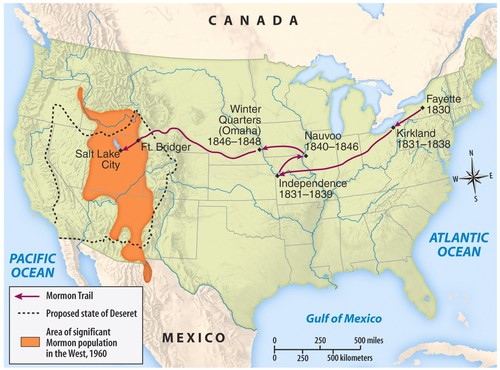Remember the Great Awakening of the 1700s????
There was a 2nd Great Awakening in the 1800s
America had become immoral according to Protestant preachers known as revivalists .
The revived interest in religious feelings led to other social reforms in the 1800s.
Evangelical Revivals…
Location– isolated and rural areas
Format- the revivals were usually week-long, outdoor religious events that used food and music to draw large crowds
Charles Grandison Finney and Lyman Beecher were great Revivalist ministers who used dramatic sermons to proclaim his faith and urge listeners to do the same.
Debate Over Church and State…
The two sides
– government should encourage public morality by supporting religion
– government should protect public life from religious control
Sabbatarian Reform Movement – supporters of this effort wanted the government to uphold Christian sabbath by not allowing any business transactions or mail delivery. Congress did not interfere with business
African Americans and Religious Reform
African Methodist Episcopal (AME) Church
Leader- Richard Allen was a former slave who formed a Philadelphia church in 1787.
- there were 8000 members in AME churches by 1826
Role of Religion for Slaves
* promise of eternal freedom after a lifetime of oppression
* religious folk songs gave strength to deal with difficulties
Mormonism (Church of Jesus Christ of Latter-day Saints)
Joseph Smith- spoke and wrote of visions directing him to start a new religion. In 1830, he and his followers started the Church of Jesus Christ of Latter Day Saints (Mormons). Smith was persecuted and later murdered as he ran for President.
Mormon Discrimination- Mormor power came from land held as a group and voting by group. Their power angered others who chased them away.
Brigham Young- Took over the movement west after Joseph Smith was murdered.
Utopian Societies
Unitarians- believed God to be a single divine being – not trinity. Broke from the standard religious creed and literal interpretation of the Bible. Reflected growing Christian liberalism.
Catholic Discrimination- There was a belief that Catholics would choose loyalty to Pope over US loyalty. There was also discrimination due to poverty and the large number of immigrants willing to work for low wages.
Shakers- made up a communal living society in the 1840s with men and women living separate lives.

